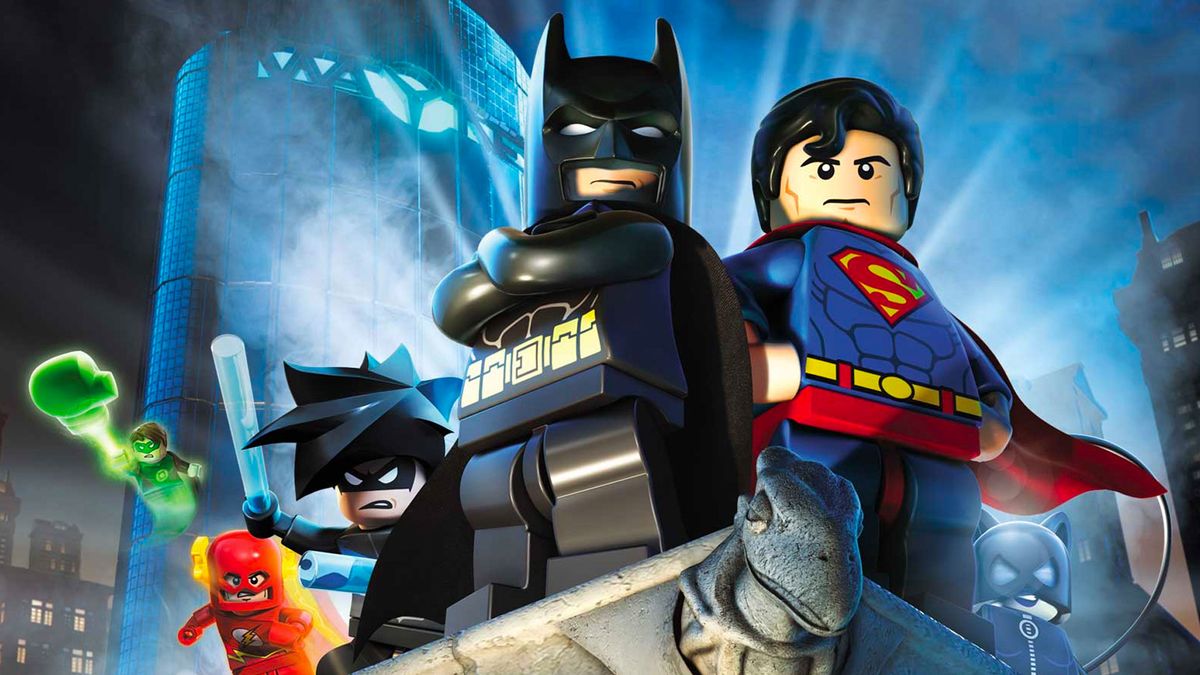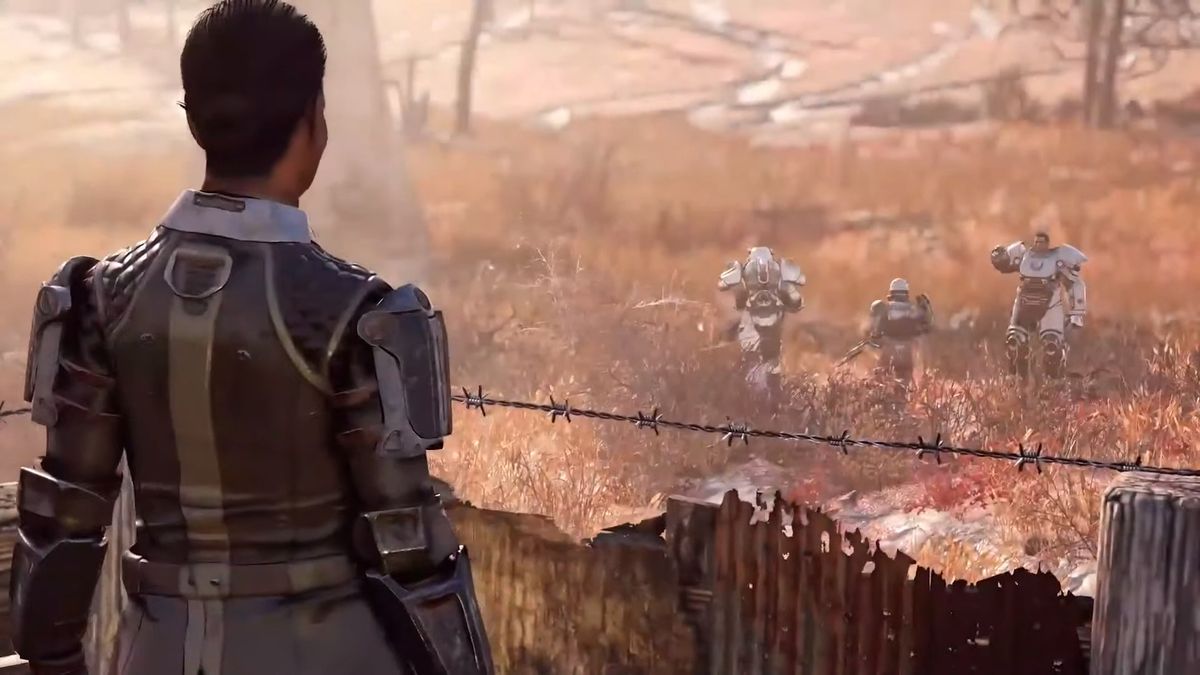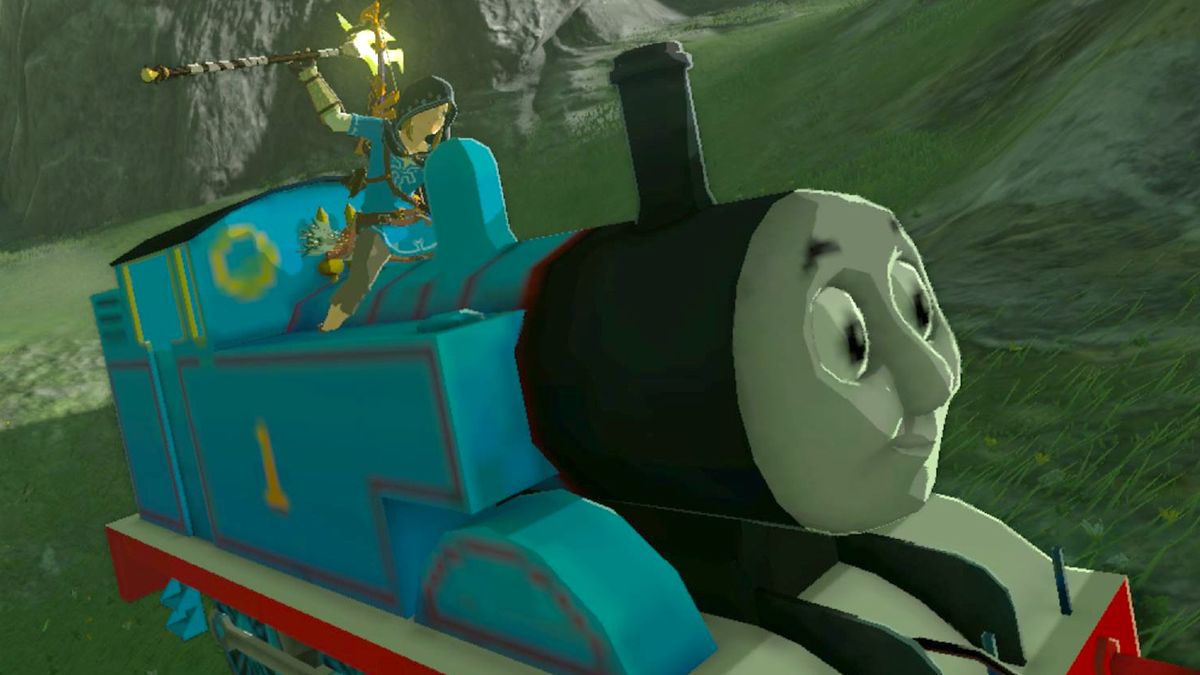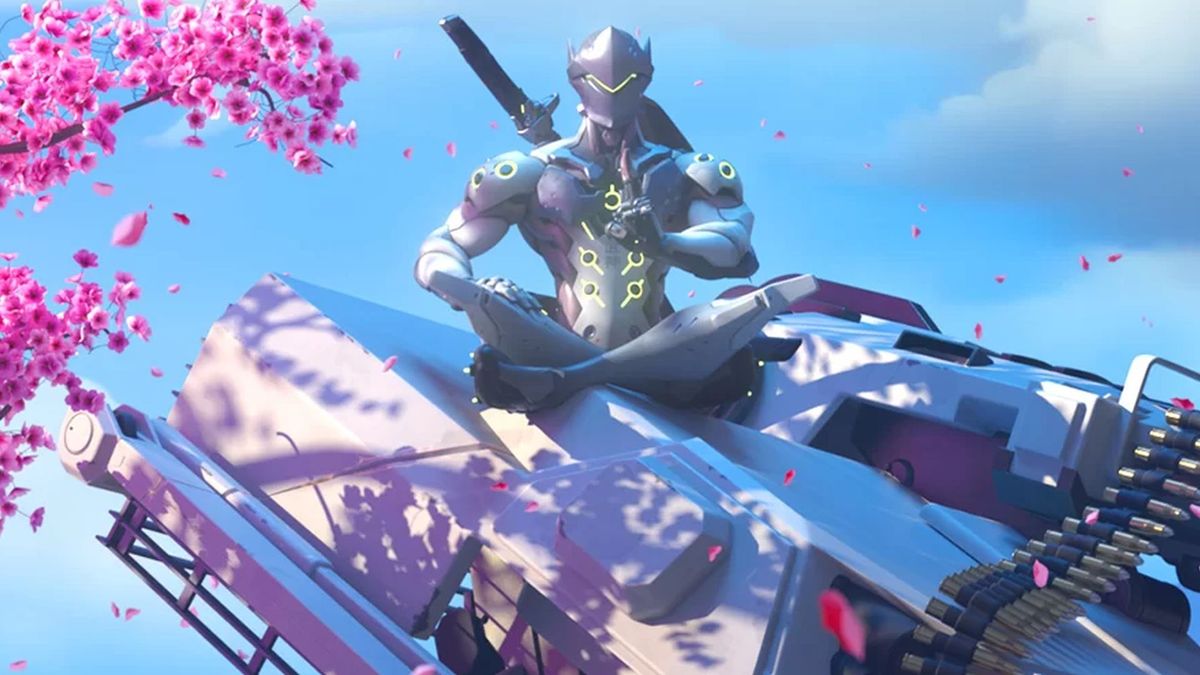Japan’s geeks enjoy impressive gaming merchandise like Final Fantasy-branded PS3s, $200 Bayonetta figurines, and Zone of the Enders iPhone cases. After decades of paying steep import prices to share in the fun, US fans have increasing access to merch of that caliber stateside, particularly with art books. These glossy collections of behind-the-scenes info are getting localized more regularly by comic book publishers like Udon and Dark Horse. The latter company just released The Legend of Zelda: Hyrule Historia, an incredibly classy collection that was worth the wait.

Hyrule Historia was released in Japan in late 2011 to celebrate Zelda’s 25th anniversary alongside the launch of Legend of Zelda: Skyward Sword on the Wii. Consequently, the first chunk of the collection details Skyward Sword exclusively, and the other two thirds explore the remainder of the series’ dense history. It probably felt timely upon its original release, but thanks to the time spent between the launches in Japan and the US, the opening is a little dated now.
If older fans that perhaps didn’t play Skyward are bothered by the frontloaded coverage of that game, they should just skip to the middle third of the book. That’s where they’ll find the History of Hyrule, a chronology that lays out the official narrative of every game to date. A Nintendo-approved timeline was once the Holy Grail for many Zelda fanatics, something made even more desirable because the publisher had always refused to release a legitimate record. Historia at last gives the fans what they’d wanted for so long.
If you’re a big enough fan, you probably read a fan translation of the timeline when Historia hit Japanese stores in 2011. Even if you did, you’ll still get something out of Hyrule Historia. The timeline you saw online is virtually unchanged in the final production, but the 60 pages that follow it detail where the major events of every game took place in context to one another, all with gorgeously re-produced art pulled straight from the original instruction manuals. How much time and/or alternate realities separate Ocarina of Time and Spirit Tracks? You’ll get an in-depth explanation within.

The only wet blanket for patient continuity buffs is that the section is prefaced by a disclaimer about the fluid definition of history. Nintendo likely added that intro so future Zelda entries can alter or ignore this timeline as much as they want, and that fact does take some of the fun out of reading the official narrative. Still, series creator Shigeru Miyamoto has resisted putting anything in writing for decades, so this should be considered progress.
After the massive chronology, the remaining third of the book is a pleasant collection of factoids, character designs, and rough sketches for every Zelda game outside of the awful CD-I games. And it’s more than a simple photo album, as dedicated readers will find little-known facts and trivia sprinkled among the official art. For example, did you know Wind Waker was originally going to have a GameCube shaped island? The sketches included in Hyrule Historia were the first we’d ever heard about it.
The overall quality of the production is admirable as well. The paper stock, translation, and embossed hardcover design all treat the subject matter with the respect a series on the level of Zelda deserves. When you hold the hefty tome in your hand, it definitely feels worth the $35 MSRP.

Judged as an art book that covers 25 years of Zelda games, Hyrule Historia is a great resource, though some might wish classics like Ocarina of Time or Link to the Past were given as much space as Skyward Sword. If it’s taken as a written account of the history of Zelda (both in and out of games), Nintendo puts more on the record than ever before, even if it’s still somewhat reserved. When it’s all pulled together in one attractively hardbound collection, it’s an engrossing celebration of Zelda that’s of a quality rarely seen in books based on video games.
 Game News Video Games Reviews & News
Game News Video Games Reviews & News



